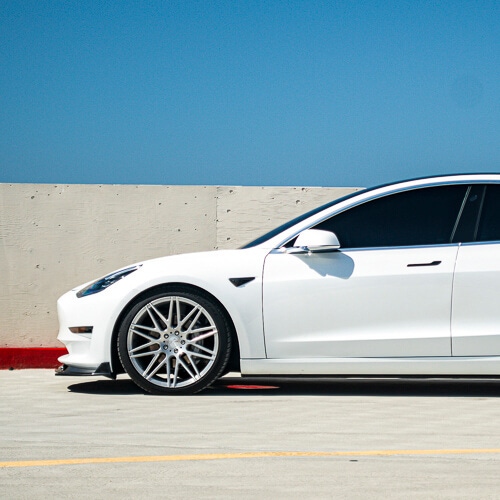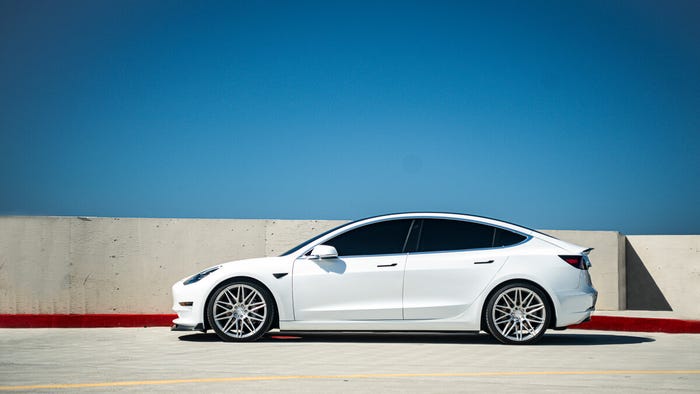Regulator presses ahead with controversial plan to allocate 45MHz for unlicensed uses such as Wi-Fi as it tackles rural coverage.

The Federal Communications Commission (FCC) is moving forward with its plan to change how the 5.9GHz band is allocated.
The US communications regulator has confirmed its intention to reallocate 45MHz of the spectrum for unlicensed uses like Wi-Fi – and 30MHz to Cellular Vehicle-to-Everything (C-V2X) technology for vehicle communication services.
The FCC is expected to vote on the draft rules at its meeting on November 18.
Figure 1:  Clash of the platforms: The FCC is slicing the 5.9GHz spectrum to open a door for C-V2X to edge DSRC out of the lane.
Clash of the platforms: The FCC is slicing the 5.9GHz spectrum to open a door for C-V2X to edge DSRC out of the lane.
(Source: Dylan Scarsone Apexpixel on Unsplash)
However, the plan is extremely controversial, on one hand pitting supporters of two different technologies aimed at improving road safety against each other, while also raising the ire of automakers over the reallocation of almost half of the spectrum.
Previously, the full 75MHz was allotted to the Dedicated Short-Range Communications (DSRC) standard, based on the 802.11 Wi-Fi protocol. However, the aim is to transition from DSRC to C-V2X, which uses cellular protocols to provide direct communications between vehicles.
The DSRC vs. C-V2X debate has raged for years, with companies like Toyota, Renault and NXP rallying around DSRC and companies like Ford, BMW and Qualcomm clamoring for C-V2X.
The FCC insists C-V2X is the right way to go, noting that while the 5.9GHz band spectrum has been designated for DSRC for over 20 years, deployment has been "painfully slow," and DSRC has done "virtually nothing" to improve automotive safety.
"By contrast, C-V2X is a newer technology that shows great promise, which is why automakers here and around the globe are turning the page on DSRC and moving to implement C-V2X," the FCC said in a release.
FCC chairman Ajit Paul said 5.9GHz spectrum has lain fallow for far too long.
"We should move on from DSRC and unlock forward-looking automotive safety technology. Under my approach, the FCC would for the first time authorize C-V2X in the 5.9GHz band," he said.
Digital divide
Meanwhile, the plan to allocate the lower 45MHz of the 5.9GHz band (5.850GHz-5.895GHz) to unlicensed uses like Wi-Fi is supported by the wireless communications industry, but has rallied the automobile industry against the FCC.
For example, the Intelligent Transportation Society of America (ITS America) has warned that reallocating the majority of the 5.9GHz band without fully considering the effects on public safety is reckless.
"It is extremely shortsighted and detrimental to the millions of people who travel on U.S. roads every day for the FCC to reallocate 45 MHz of spectrum from transportation safety to unlicensed devices such as Wi-Fi," ITS America CEO Shailen Bhatt said in a statement.
ITS America intends to pursue all available avenues to protect public safety in communities across the country by preventing such action."
Want to know more about AI and automation? Check out our dedicated AI and automation channel here on Light Reading.
The FCC argues that the reallocation of the spectrum is critical to improving broadband access in rural America.
During the COVID-19 pandemic, for example, the FCC granted temporary access to over 100 wireless Internet service providers (WISPs) to use this spectrum, and said the new rules would enable them to use it permanently.
"We would make available the spectrum needed for a 160 megahertz-wide channel for Wi-Fi, which would enable a new level of gigabit connectivity for schools, hospitals, small businesses, and other consumers," Pai said.
5G goes rural
Meanwhile, the FCC is pursuing separate plans to improve rural broadband coverage.
It has now adopted rules to create the previously announced 5G Fund for Rural America.
The fund aims to distribute up to $9 billion over the next decade to bring 5G wireless broadband connectivity to unserved areas.
Bloomberg noted that the agency would nevertheless wait to award funds until it has fixed problems with operators' service maps.
The maps are used for some of the FCC's rural broadband efforts but are widely considered inaccurate.
Related posts:
— Anne Morris, contributing editor, special to Light Reading
About the Author(s)
You May Also Like











